
UED 102- STUDYING SKILLS
INTRODUCTION - ASSALAMUALAIKUM
My name is MOHAMAD FAREEZ BIN AZIZ .I am a student who is now currently study at UiTM Pahang , Campus Jengka. Im an undergraduated student in Diploma in Sciene part i .The main reason i'm doing this portfolio is to introduce students about UED102 as an important module for students, to kick start their university life with many useful softskills. UED102 provides students with a complete and important set of soft skills which should be within each student.
CONTENT OF UED102
Learning style inventory
- making transtion (from school to university)
- characteristics of successful students
- using learning styles to enchance perfomance
Goal setting
- goal setting
- writing effective goal statements
- using the Learning Management System
Time management
- optimising & organising study time
- using time-management strategies to stay motivated
- reducing procrastination
Memory , learning & improving concentration
- understanding memory processes
- memory strategies
- understanding concentration
- strategies for improving concentration
- reading / study system (SQ3R)
Taking lecture notes
- effective note-taking system
Academic integrity & performance
- avoiding plagiarism
- calculating grade point averange
TOPIC 1 : GETTING READY TO LEARN
LEARNING STYLE INVENTORY
HIGH SCHOOL VS UNIVERSITY

Activity 1 : Identify your learning style.
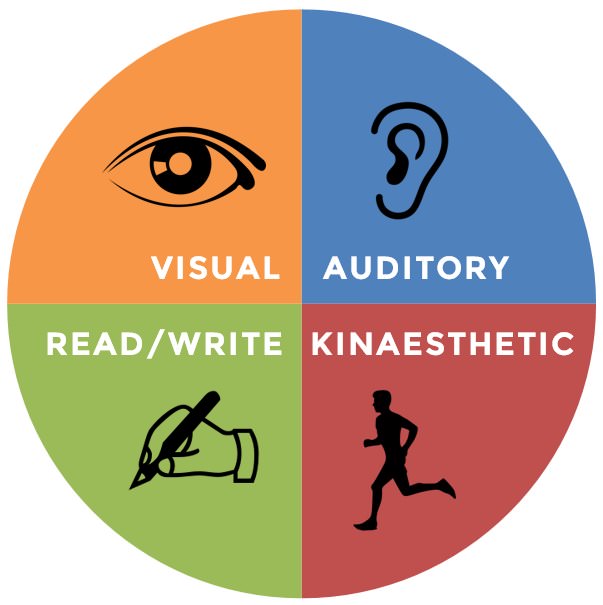
ANSWER THE QUESTION TO THE BEST OF YOUR ABILITY.
MARK YES OR NO RESPONSE.
Goal setting
Time management
Memory , learning & improving concentration
Taking lecture notes
Academic integrity & performance
| 1. I prefer watching a video to reading | YES |
| 2. When I sing along with any CDs or the radio, I know the words to the songs. | NO |
| 3. I have athletic ability. | YES |
| 4. I can picture the setting of a story I am reading. | NO |
| 5. I study better with music in the background. | NO |
| 6. I enjoy hands-on learning. | YES |
| 7. I’d rather play sports than watch someone play them. | YES |
| 8. Reading aloud helps me remember. | NO |
| 9. I prefer watching someone perform a skill or a task before I actually try it. | YES |
| 10. I colour-coordinate my clothes. | YES |
| 11. I’m good at rhyming and rapping. | NO |
| 12. Use phrases like: “ I’ve got a handle on it,” “ I’m up against the wall,”… | YES |
| 13. I need to look at something several times before I understand it. | YES |
| 14. I prefer having instructors give oral directions than written ones. | YES |
| 15. I have difficulty being still for long periods of time. | YES |
| 16. I use phrases like “I see what you’re saying,” “That looks good”… | YES |
| 17. I’m good at figuring out how something works. | YES |
| 18. I can understand a taped lecture. | NO |
| 19. It’s easy for me to replay scenes from movies in my head. | YES |
| 20. I enjoy studying foreign languages. | NO |
| 21. I would rather conduct your own science experiment than watch someone else do it | YES |
| 22. I would rather paint a house than a picture. | YES |
| 23. I enjoy studying in groups. | NO |
| 24. I prefer to have written directions to someone’s home. | NO |
| 25. I can look at an object and remember it when I close my eyes. | YES |
| 26. I have musical ability. | NO |
| 27. When i study new vocabulary writing the words several times helps me learn. | YES |
| 28. I can imagine myself doing something before I actually do it. | YES |
| 29. I use phrases like “That rings a bell,” “ I hear you,” or. “That sounds good” | YES |
| 30. I enjoy building things and working with tools. | NO |
SCORING YOUR INVENTORY
→Tally your responses by adding up only the YES answers. Put the number of the question in the appropriate box. For example, if you answered questions number 9 with a yes, write 9 in the VISUAL box. If you answered number 11 with a yes, write number 11 in the AUDITORY box. If you answered number 7 with a yes, write 7 in the KINESTHETIC box. Add up the number of questions in each box and write a total for each one. This will determine your preferred learning style.
Don’t worry if a dominant mode doesn’t emerge. You’re a versatile learner! Use the knowledge you gain to create excellent study tools, the ones that are right for you. Chart your answers below.
VISUAL STYLE : QUESTIONS 1 , 4 , 9 , 10 , 13 , 16 , 19 , 24 ,25 , 28
AUDITORY STYLE: QUESTION 2 , 5 , 8 , 11 , 14 , 18 , 20 , 23 , 26
, 29
KINESTHETIC STYLE : QUESTIONS 3 , 6 , 7 , 12 , 15 , 17 , 21 , 22 , 27 , 30
|
|
The highest score indicates your preferred learning style. If you have a high score in more than one area, you’re using additional modalities. Remember that there are no wrong answers to this inventory. Everyone is an individual and has her own style of learning.
CHARACTERISTICS OF VISUAL , AUDITORY AND KINESTHETIC MODES
↪Visual learners need to see information. If your preferred style is visual, you have strong visualization skills and can remember objects, shapes, and pictures. You learn by reading, and by watching films, videos, and demonstrations. You can see pictures in your mind.
↪Auditory learners need to hear information. If your preferred style is auditory, you have a “good ear” and can hear differences in tones and rhythm. Reading out loud will be beneficial. You can remember what you hear in a lecture.
↪Kinesthetic learners need to be physically active and doing things.If your preferred style is kinesthetic, you are a hands-on learner. You have good coordination and learn by doing. You generally have an active approach to learning.
💌My highest score is kinesthetic style . So i'm likely to learn in physically active and like to do activities in learning , such as presentation. My way of learning is more about approaching actively to learn something new.
Visual learners :
- Create mind maps, flow charts, and diagrams using bright colors. Put them where you can view them frequently.
- Practice building your visual memory.
- Rewrite your notes using different colors.
Auditory learners :
- After you read a page in your textbook, summarize the information out loud in your own words.
- Tape your instructor’s lecture, and if you are a commuter, listen to the tape on the way home, either in your car, or on the bus or subway.
- Discuss the material that you have been learning with a friend or study group.
Kinesthetic learners :
- Use your hands. Cut up charts and diagrams.
- Create flash cards and move them around with large, sweeping movements.
- Walk and talk the information.
- Recite as you move.
- Type on a computer keyboard.
- You are using your muscle memory.
Finally , I want to share my personal learning style tips .
- I'll make sure my study place is clean ,neat and smells good .
- I like to study in quite and calm conditions .
- Make a sticky notes about subject that I learn and paste it somewhere bearly can be seen like mirror and door .
- Surround ourself with good study partners and share knowledge together in study group.
- Study in early morning from 4a.m - 5.30a.m
CHARACTERISTICS OF SUCCESSFUL STUDENTS
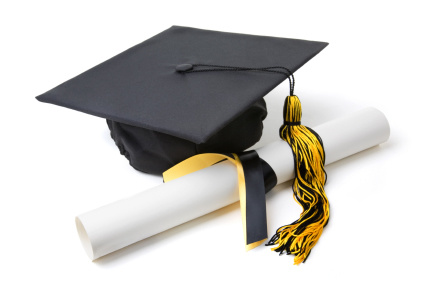
- Intellectually curious
- Self-driven
- Good at time management
- Admitting you don't understand
- Creative and original
- Seeing the big picture and thinking broadly
- Solid reading, writing, and analysis skills
- Communication skills
- Performing under pressure
- Understanding other perspectives
TOPIC 2 : GOAL SETTING
WHAT IS A 'GOAL' ?
Goals are the ends toward which we direct our efforts to.In other words, goals are things we want to achieve.Goals are important in our varsity life because they help you move toward your ultimate purpose of life . It also help to motivate us to do our work , attended classes and strieve in exams .
WHAT IS GOAL SETTINGS?
DO WE NEED GOAL SETTING?
The answer is yes , we need goal setting to achieve our academic and personal goals .
- Goal setting is a process for thinking about your ideal future and for motivating yourself to turn this vision of the future.
- The process of goal setting will help you clear many big obstacle in your path of goals .
- Set your goal properly and you will see an incredible motivating factor as you get into the habit of setting and achieving goals ,you will find yourself boosting in self confidence day by day.
To be both useful and motivating , the goals you set must have some important aspect :
> self-choosen
> moderately challenging
> realistic
> measureable
> specific
> finite
GOLDEN RULES OF GOAL
SMART STYLE
- SPECIFIC
-clear , concise , tangible .What , When ,Who ,Where , Why ? - MEASUREABLE -time , money , volume . How much of how many ?
- ACHIEVEABLE
-goals should be challenging but not impossible. - RELEVANT
-goals should be consistent with other long term goals. - TIME-BOUND
-create a time frame . When to achieve the result?
Long term and short term goals
LONG TERM GOALS - is the objective of the goals you set end of the year for yourself for four or five years from now or even for a lifetime .
SHORT TERM GOALS - we can set for an hour from now , end of day or semester.
FIVE-STEPS APPROACH TO SETTING GOALS
GOAL STATEMENT
- I want to become a medical surgeon doctor.
- working in medical field.
LIST OF OBSTACLE
- The cost of Bachelor of Medicine & Bachelor of Surgery is way too expensive.
- procrastination habit on doing something
LIST OF RESOURCES
- I'll do any work as soon as possible to get rid of this procrastinating habit .
- I'll study smart and hustle every semester to get a 4 flat pointer .
- I'll try my best to get a full scholarship.
- I'll do my best and strive in every exams in order to catch my dream to become a Medical Doctor
- Make my family proud with my achievement
- I want to help as many people as I can with my knowledge and skills
- I want a stable financial condition in future .
TIME IS GOLD
Time aspiring pupils to achieve success in life , we must be wise in managing time otherwise we gonna waste it on things that unbeneficial for ourselves . In university , we must manage our own time because there is no structured schedule like in school. So, students are encourage to do effective time management table and create a fix daily schedule.
SURAH AL-ASR

6 BENEFITS TO BE OBTAINED IF HAVING A LEARNING SCHEDULE :
- Can divide time to systematically review subjects .
- Can train and discipline themselves in timely manner .
- Time travel will be more organised and manageable .
- Driving towards the achievement of excellence in the field of engagement .
- Can avoid long-acting practices for doing something .
- Can balance the time division between learning time and leisure time .
| Mon | Tue | Wed | Thu | Fri | Sat | Sun | |
| 6am | Wake up and subuh prayer | Wake up and subuh prayer | Wake up and subuh prayer | Wake up and subuh prayer | Wake up and subuh prayer | Wake up and subuh prayer | Wake up and subuh prayer |
| 7am | Shower | Shower | Shower | Shower | Shower | Shower | Shower |
| 8am | Breakfast and get ready to class | Breakfast and get ready to class | Breakfast and get ready to class | Breakfast and get ready to class | Breakfast and get ready to class | Breakfast | Breakfast |
| 9am | In class | In class | In class | In class | In class | Do laundry | Exercise |
| 10am | In class | In class | In class | In class | In class | Do housework | Exercise |
| 11am | In class | In class | In class | In class | In class | Do housework | Rest |
| Noon | Lunch | Lunch | Lunch | Lunch | Lunch | Lunch | Lunch |
| 1pm | Zohor prayer | Zohor prayer | Zohor prayer | Zohor prayer | Zohor prayer | Zohor prayer | Zohor prayer |
| 2pm | In class | In class | In class | In class | In class | Nap time | Nap time |
| 3pm | In class | In class | In class | In class | In class | Nap time | Nap time |
| 4pm | In class | In class | In class | In class | In class | Watch tv | Watch tv |
| 5pm | Asar prayer | Asar prayer | Asar prayer | Asar prayer | Asar prayer | Asar prayer | Asar prayer |
| 6pm | Tea time | Tea time | Tea time | Tea time | Tea time | Tea time | Tea time |
| 7pm | Maghrib prayer | Maghrib prayer | Maghrib prayer | Maghrib prayer | Maghrib prayer | Maghrib prayer | Maghrib prayer |
| 8pm | Dinner and family time | Dinner and family time | Dinner and family time | Dinner and family time | Dinner and family time | Dinner and family time | Dinner and family time |
| 9pm | Isyak prayer | Isyak prayer | Isyak prayer | Isyak prayer | Isyak prayer | Isyak prayer | Isyak prayer |
| 10pm | Revision | Revision | Revision | Revision | Rest | Rest | Revision |
| 11pm | Revision | Revision | Revision | Revision | Rest | Rest | Revision |
| Midnight | preparation for tommorow | Preparation for tommorow | Preparation for tommorow | Preparation for tommorow | Midnight movie | Midnight movie | Preparation for tommorow |
| 1am | Sleep | Sleep | Sleep | Sleep | Midnight movie | Midnight movie | Sleep |
| 2am | Sleep | Sleep | Sleep | Sleep | Sleep | Sleep | Sleep |
| 3am | Sleep | Sleep | Sleep | Sleep | Sleep | Sleep | Sleep |
| 4am | Sleep | Sleep | Sleep | Sleep | Sleep | Sleep | Sleep |
Designing priorities Instructions: designing priorities for the following activities. Write ROUTINE if the activity is routine,ASAP if the activity should be done as soon as possible, and RUSH if the activity should be completed immediately.
Work completed with a
minimum amount of effort
|
(ROUTINE)
|
Activities that benefit
the company
|
(ASAP)
|
Important work
|
(ASAP)
|
Does not require
immediate attention
|
(ROUTINE)
|
Socialising/ attending
meetings
|
(RUSH)
|
Workers receive
immediate gratification
|
(ASAP)
|
Developing new product
information
|
(ROUTINE)
|
Should be done as soon
as time permits
|
(ASAP)
|
Expected, customary
duties
|
(ROUTINE)
|
Require considerable
time to complete
|
(RUSH)
|
TOPIC 4 :MEMORY , LEARNING & IMPROVING CONCENTRATION
WHERE ARE YOU KNOW ?
Take a few minutes to answer yes or no to the following questions.
| Do you often know the answer to a question but find that you can’t think of it? | YES |
| Do you organised or group inform ation to help you remember it? | YES |
| After you study, do you go back and test yourself to monitor your learning? | NO |
| Do you make up rhymes or words to help you remember some information? | NO |
| Do you space your practice when reviewing information? | YES |
| Do you try to memorise all the information that you need to know for an exam? | YES |
| Do you often find that you get confused by closely related information? | YES |
| Do you often forget a lot of the information that you studied by the time you take the test? | NO |
| Do you ever remember exam answers after the exam is over? | YES |
| Do you try to remember information just by making up a rhyme, word, or other memory aid? | YES |
MEMORY STRATEGIES

- SENSORY MEMORY
-numerous incoming information form 5 sense will be stored in
sensory memory for an instant - SHORT-TERM MEMORY
-Our short term memory have only limited storage . The information must be repeated in order to get information to long-term memory. - LONG-TERM MEMORY
-Our long term memory is unlimited and have large storage . If the information is not being used for long term time ,the information will be lost.
- Massed practice vs spaced practice
| Massed practice ( not good ) | Space practice ( good, recommended ) |
| Cramming, involves studying all the materials at one time. Do not have time to understand, remember, and organise the reading materials. ( Reason : short term memory cannot sustain many information at one time ) | Involves space time over some period of time for studying. Spaced practice or distributed practice allows time for the information to consolidate in the long-term memory. Taking breaks between learning sessions allow you to think and organise the information |
2. Break reading material down (again no cramming) for some period of time.
3. Rehearsal – repeat the information many time
How forgetting could occur
- Did not pay attention to the information
- Did not understand the information
- Cramming (last minute study )
- Did not have good strategies
- Interference ( having 2 exams on the same day especially if the subjects are closely related for example psychology and counselling )
- Test anxiety (negative thoughts about oneself, did not prepare well for the test )
Where are you now?
Take a few minutes to answer yes or no to the following questions.
Do you have trouble getting back into your work after you’ve been interrupted? NO
Do you read and study in a noisy, cluttered room? NO
Do you find that even thiough you schedule study time, you don’t actually accomplish very much YES
Do you use any strategies to help increase your ability to concentrate YES
Can you concentrate on your work even if the subject doesn’t interest you? YES
Do you use your preferred learning style when completing assignments? YES
Do you tend to think about personal plans or problems when you are reading and studying? YES
Do you find that when you finish reading your textbook assignment, you don’t really remember what you read? YES
Do you get totally engrossed in the material when you read and study? NO
Do you daydream a lot when you are listening to lecture? YES
CONCENTRATION
- Focusing your attention on what are you doing
CAUSES OF POOR CONCENTRATION
- Lack of attention
- Lack of interest
- Lack of motivation
- Distraction of others
- Uncomfortable enviroment
- Physiological matters - illness , tiredness
- Physiological matters - personal problems , worries ,anxieties
Strategies to improve concentration
READING / STUDY SYSTEM (SQ3R)
Reading academic materials are different from general reading tasks (story books , newspaper) . Using a study system can help in comprehending reading academic materials due to three factors:
- Active learning strategies .
- Use of multi sensory methods (eyes , ears , mouth ,hands - refer to the learning pyramid )
- Immediate steps for self-testing and review
THIS STRATEGIES INCLUDES THE FOLLOWING FIVE STEPS:
- SURVEY
-scan the text and identify its structure. - QUESTION
-ask yourself every possible question. - READ
-read the whole text quickly ,dont stop even if there something difficult you dont understand. - RECITE
-recite the whole text several times until you getting familiar with the text. - REVIEW
-read important section again slowly .Take notes so you can remember helpful information and where you found it.
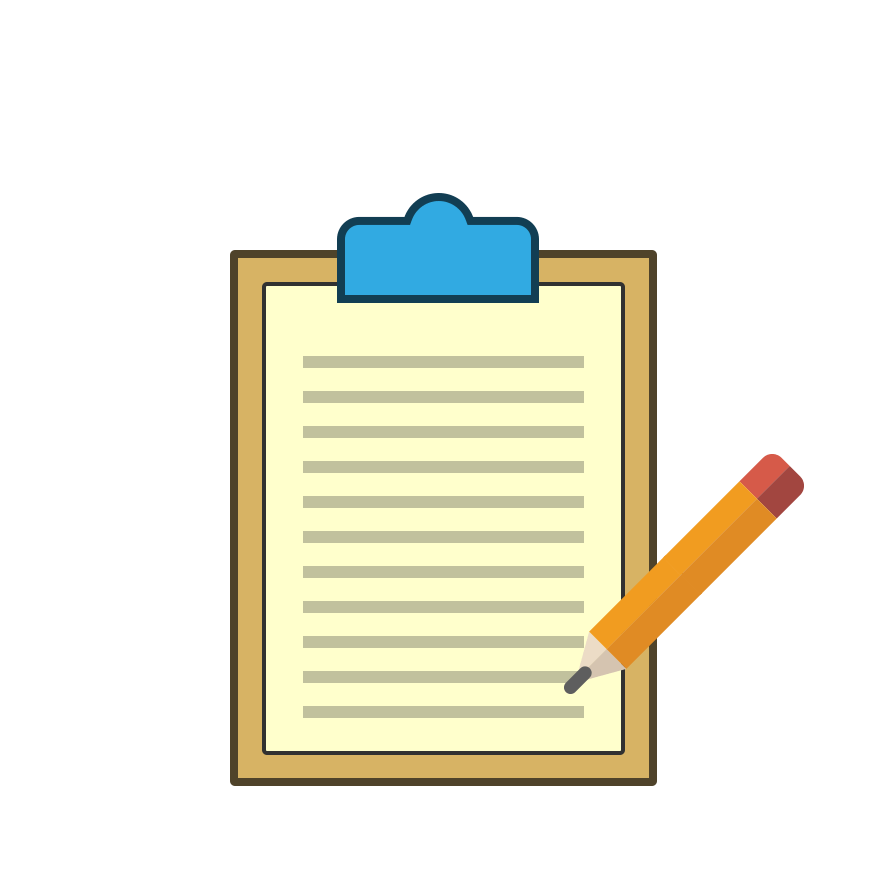
WHAT IS TAKING NOTESTaking notes is writing down ideas and read it with our own word .
BENEFIT OF TAKING NOTES
- Useful record of information
- Helps your writing
- Help exam revision
- Help us to improve our memory
- Keeping data and information in organize
- free you up to write in quick , shorthand during class .
- have a excellent test-prep strategy for reinforcing information
- digest the information and rephrasing to understand the information better.

HOW DO WE TAKE NOTES ?
- writing down date and the label notes.
- leave some space to write some information.
- use abbreviation and symbols
- using outline such us main idea ,support and example
- use our own language

KEY POINTS WHILE TAKING NOTES
- Be focus
- Preparing and review all the notes before lecture start teh class
- Complete the assignment on time
- Bring the right material to class as pen ,papers , calculator and ruler .
- Don't write down every single word.
- Use handphone or any sound recording gadget.
- Pay full attention on lecturer
- Highlight , underline , capitalise important words.
- Get rid of any distraction
- Leave gap to have clear view of points
- Share your notes with others to remember better.
- Make yourself comfortable.
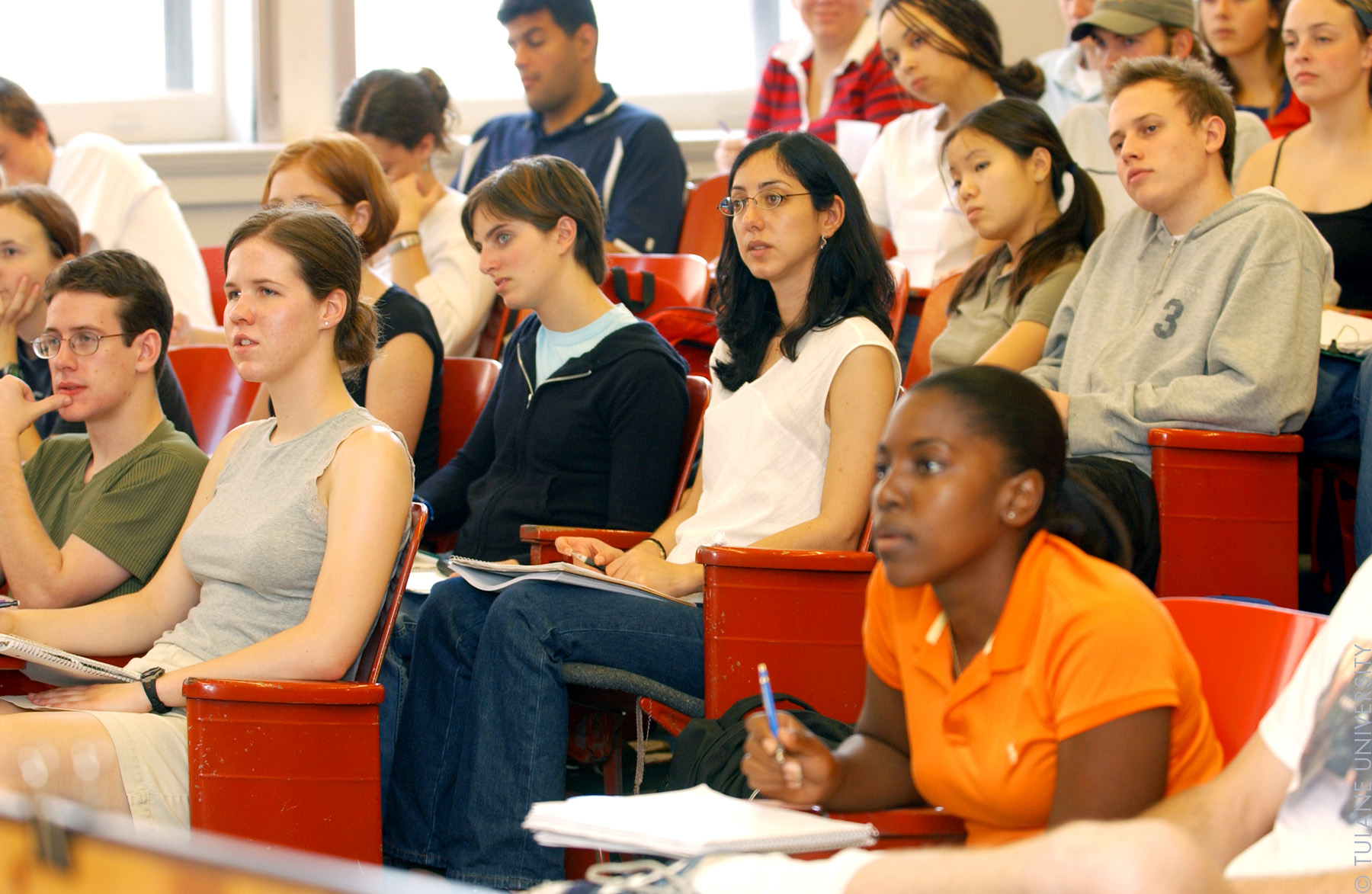 r
rPREPARE FOR CLASS
- Preview previous notes
- Plan on listening 90% of the time
- Write the date at the top of your paper notes
- Look up keywords prior to class
- Review syllablus
- Do - pre reading and homework
- Pay attention to the act of the writing rather than listening
- Ask question - maybe the "dumb" question is on the mind of several classmates.
- Volunteer for demonstrations and discussions
- Sit in the front of the room
WE MUST REVIEW LECTURE NOTES BECAUSE.....? - We lose 80% of what we hear if it is not reviewed within a few hours
- Identify any questions with classmates , the next class to ask the lecturer
- There is not enough time to absorb all the information given in class
- For review on regular basis or during exam week
Cornell note taking

Two column method

Mapping method

TOPIC 6: ACADEMIC INTREGRITY & PERFOMANCE
PLAGIARISM-“an act of using or closely imitating the language and thoughts of another author without authorisation and the representation of that author’s work as one’s own, as by not crediting the original author”
TYPE OF PLAGIARISM
- Turning in someone else's work as your own.
- Copying words or ideas from someone else without giving credit.
- Failing to put quotation marks
- Giving incorrect information about the source of quotation
- Changing words but copying the sentence structure of a source without giving credit
- Copying so many words or idea from a source that it makes up the majority of your work , wheter you give credit or not.
| Planning | Writing |
| Consult your lecturer | Cite sources |
| Plan your paper | Make it clear who said what |
| Take effective notes | Know how to paraphrase |
| Evaluate your sources | |
| Include a reference page |
CALCULATING GPA
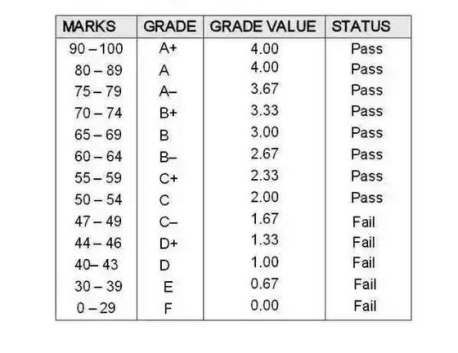
CALCULATING CGPA

FAILURE & DISMISSAL

ACTIVITY
Calculate the GPA for ADAM for his first semester :
| Course | Credit | Grade |
| ELC010 | 3 | B+ |
| CHM081 | 4 | B |
| CTU001 | 3 | A |
| BIO081 | 4 | B |
| PHY081 | 4 | A- |
| MAT081 | 4 | C+ |
ELC010 = 3 x 3.33 BIO 081 = 4 x 3
=9.99 =12
CHM 081 = 4 x 3 PHY 081 = 4 x 3.67
=12 =14.68
CTU 001 = 3 x 4 MAT 081 = 4 x 2.33
=12 =9.32
CREDIT HOUR = 3 + 3 + 4 + 4 + 4 + 4 = 22
GPA = 9.99 + 12 + 12 + 12 + 14.68 + 9.62 = 3.19 GPA
22
TOPIC 7 : GETTING KNOW THE CAMPUS
- Academic affairs office (HEA)
-manage all academics affair of the university .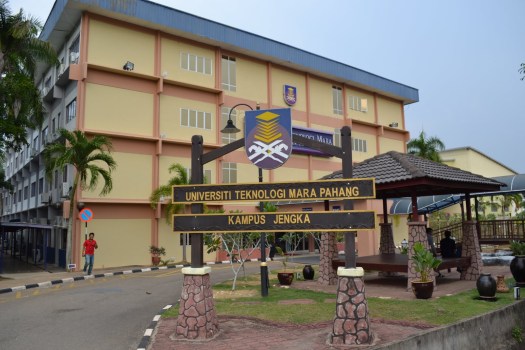
- Student affairs office (HEP)
- Provide services to students welfare
- Perpustakaan Al - Bukhari
-Resource to support teaching , learning , and research.

THANK FOR YOUR TIME , I HOPE YOU ENJOY READING THIS BLOG AND i HOPE IT WILL BE USEFUL FOR UiTM JENGKA STUDENTS !!!
SALAM UITM DIHATIKU